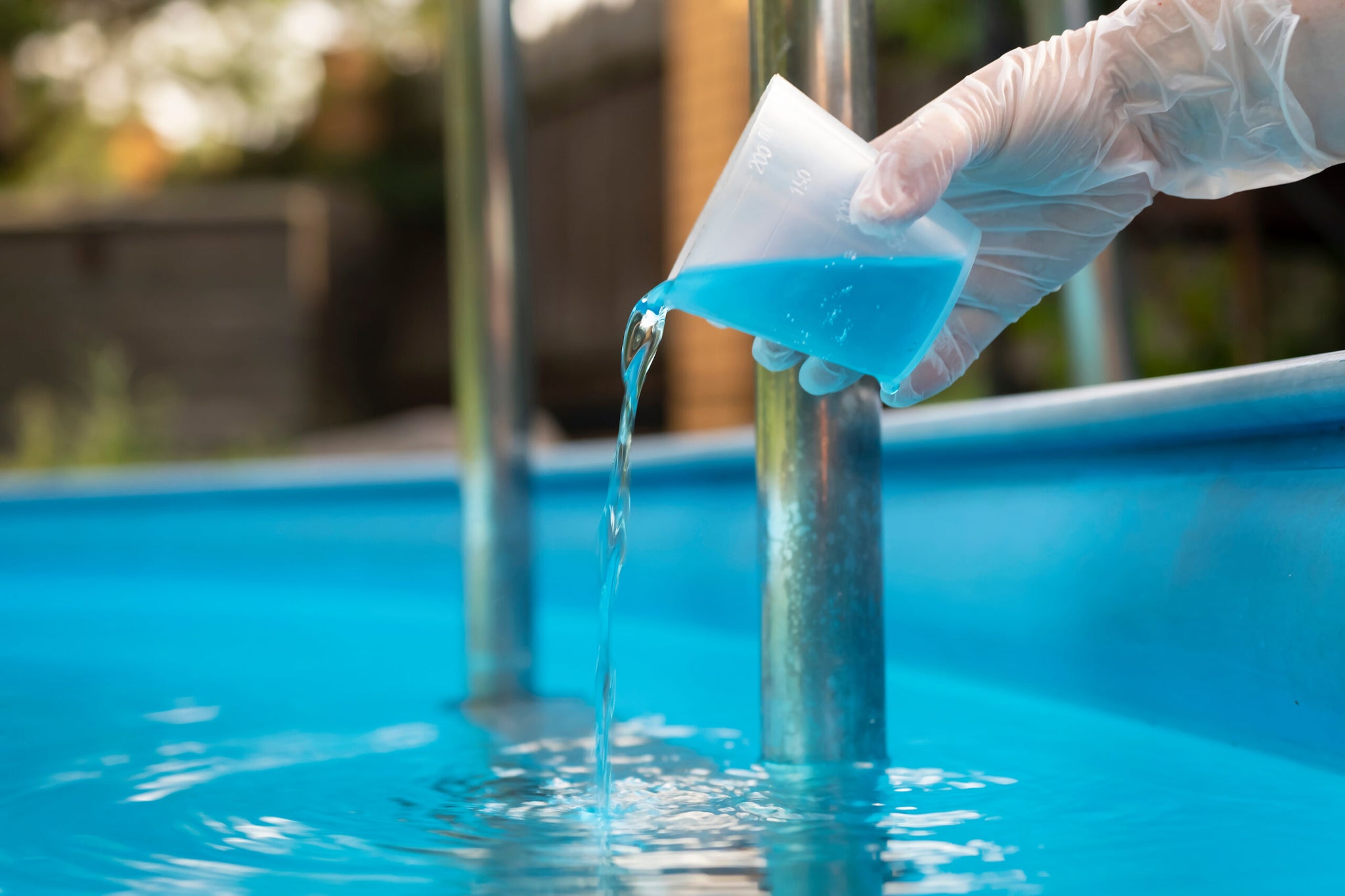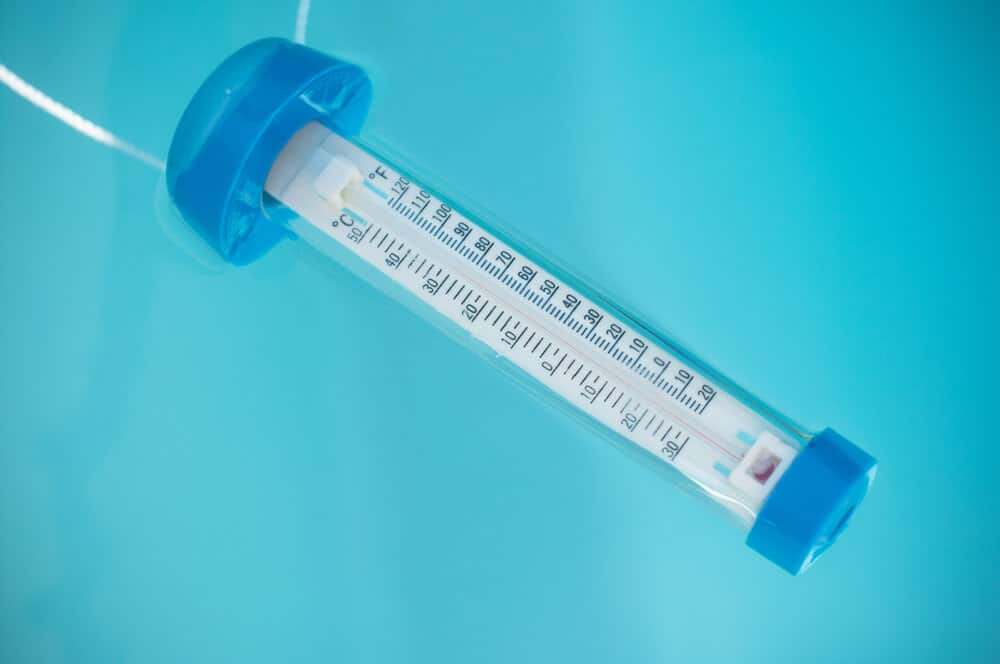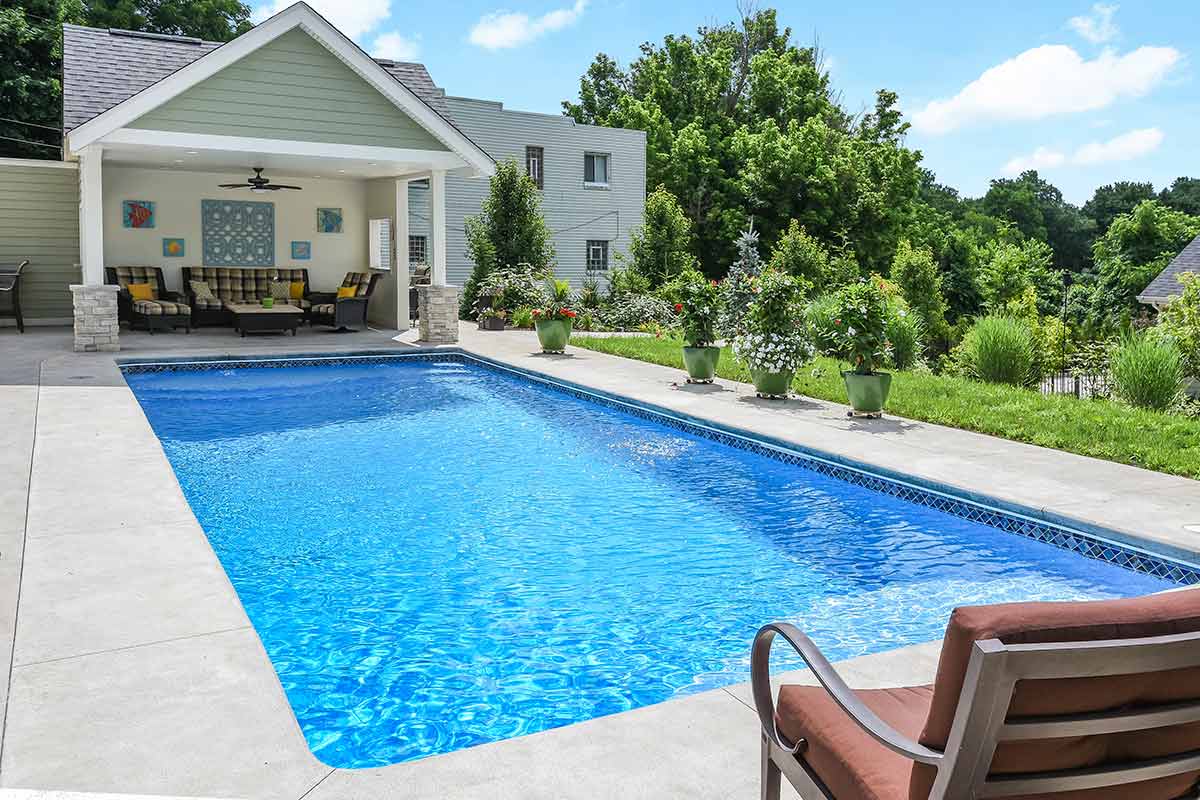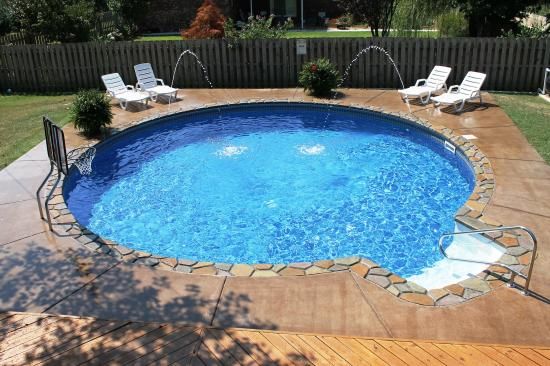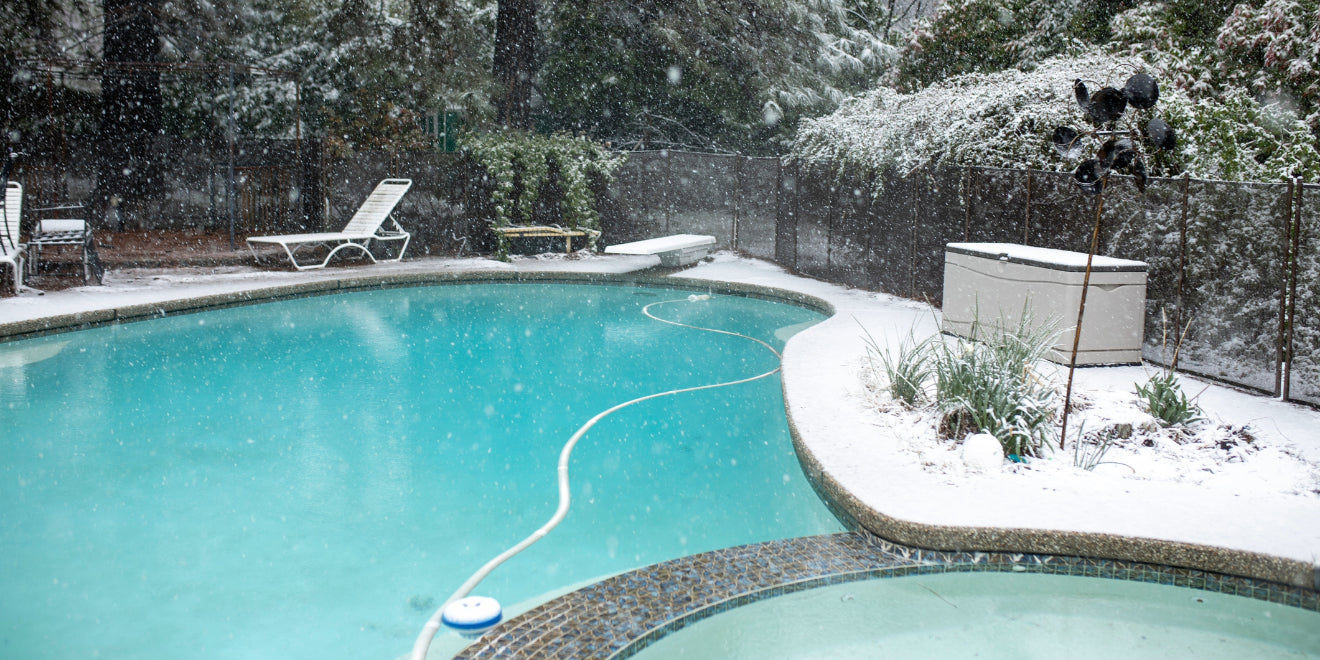
How Long Should My Pool Pump Every Day?
If money is no object, you’d probably leave your pool pump running all the time forever. Unfortunately, there is no ‘motherlode’ cheat to real life and you need to consider various factors in maintaining your swimming pool. When it comes to pool care, you must not forget about chemical balancing, circulation, and other essential details. All of these will cost you money.
Of course, slaving yourself with several jobs just to sustain your energy bill is not the practical and ideal solution. After all, there is a smart way to use your pool pump without burning a hole in your pocket. Once you understand the purpose of this equipment, you’ll be able to purchase a suitable kind of pump for your pool. In this way, you can maximize of the features.
Why Do I Need a Pool Pump?
If your pool has stagnant water, it will easily become a breeding ground for algae. You would not want to wake up one morning and see Barb’s crime scene in your pool! So, if you want to keep the water in swimmable and clean condition, you must maintain proper water circulation. You can achieve this by installing a pump as part of the filtration system.

What the pump does is pull the water in, then push it into the filter. Your filter will only serve its purpose if water passes through it. It goes without saying that it is the only way for it to capture bacteria and debris. So, to keep the water clear and clean, it must go through the filtration system. The amount of water that must go through the pump is usually referred to as the turnover rate.
How do I Calculate the Turnover Rate?
As we’ve mentioned, you do not have to keep your pool pump running all day. All you need to do is calculate the number of gallons that has to go through the filtration system for every hour. You need to know the volume of the water in your pool. We suggest that you search for an online pool volume calculator to get the details. Usually, the volume will depend on the shape, length, width, and the varying depths of the pool.
Divide the pool’s volume by eight to compute the gallons per hour (GPH) that needs to go through the pump. It is worth noting that instead of GPH, a lot of pool pumps use gallons per minute (GPM) as a form of measurement. To get the figures, you simply need to divide the GPH by 60. The answer will be the GPM that the filtration system needs to pump to achieve a full turnover.
How do I Choose the Suitable Pump?
Once you’ve crunched up the numbers, selecting the right pump will be a cakewalk. You simply need to search for a quality pool pump that can handle the GPM that your pool requires. It won’t be an issue if you select a product with a higher capacity. On the other hand, you should never go below the recommended GPM. By selecting the pump with a suitable GPM capacity, you can ensure that the turnover rate within eight hours will suffice.
The Right Time to Let Your Pump Run
Apart from assessing how long you have to let your pump run, you should also think of the best time to do this maintenance procedure. Now, you already know that your pump should run for about eight hours or more. However, do you know if those hours are consecutive? Are the hours during the daytime or nighttime? Let’s look at the details you need to consider:
Know the Off-Peak Hours for Electricity Consumption
Not many homeowners know that electricity rates change through the day. Power companies determine the rates based on peak hours. These are the hours wherein the population is consuming more energy, thereby placing the grid under more strain.
It is worth noting that the peak hours depend on the location. For instance, in places with warmer climates, the peak hours usually fall on times wherein more people crank up their air conditioning units. Perhaps, this is during late afternoons or early evenings when homeowners are just settling in their homes after a days’ work.
If you want to know the peak hours in your area, your best bet is to contact your power supplier. Once you get that information, schedule the active time of your pump outside those hours. In this way, you wouldn’t be stopped dead in your tracks once you see your electric bill. In most cases, using a pool timer that you can program can help you manage the pump’s operational hours.
Which is More Feasible: Daytime or Nighttime?
Of course, we do not want to swim in waters that look like pea soup. So, you might want to let the water stay clean by running the pump in the daytime when people are using the pool. That said, there are still some things you need to think about.
The off-peak hours in your area might be during the night. This is true, especially when you’re in a warmer climate where people keep their AC system running in the daytime.
You should also consider if you’ve just poured chemicals into the water. You need to ensure that the chemicals are dispersed thoroughly in the water. For that to happen, you need to keep the water moving. Otherwise, there will be overly sanitized areas and water pockets that are not clean enough. That wouldn’t be fun for everyone swimming in your pool!
On the other hand, when it comes to adding pool shock, you need to do the procedure during night time or at least as the sun is setting. If you do it in the morning, the sun will burn off the chemical, making it ineffective.
So, after shocking your pool, remember to your pump run at night for at least eight hours. Doing so will ensure the full distribution of the chemical.
It Doesn’t Have to be Eight Hours Straight
As we’ve mentioned, you need to run your pool pump for at least eight hours. However, those hours do not have to be consecutive. Again, you need to check the off-peak electricity hours and work around them. Perhaps, you can the pump for three hours here, and then five hours there. What’s important is that within every 24 hours, you need to make the pump operational for at about eight hours or more.
Tips on Shortening the Operational Hours of Your Pool Pump
There are ways for you to reduce the amount of time you get your pool pump running. Did you know that you can do this by choosing a pump with the ideal horsepower and speed? Here are the details:
Higher Horsepower
A higher horsepower will mean that your pump will have the capacity to generate a faster turnover rate. So, you do not have to run it as often. Moreover, you only need to keep it operational for a short period.
However, do note that the reduced running time will also depend on the size of the filtration system’s pipes and the filter itself. The bigger the pipes, the more quickly the water can move.
That said, there’s still a caveat. If you have a small pool, a pump with a higher horsepower may not be ideal. In the end, the mismatch may only consume more power, racking up your expenses. So, it is crucial that you choose a pump that is suitable for your filter. It should also have the capacity to generate the GPM that you need.
Variable Speed
A single-speed pump is not the best option for any type of pool. It is also worth noting that some states in the US do not permit pool owners to install single-speed pumps. Do you have more money to spare? If so, then it would be ideal to opt for a dual-speed pump. It ensures faster turnover and energy savings.
On the other hand, if you want to maximize the benefits of your pump, we suggest that you get one with variable speed. Among all the options available, it is the one that offers the best turnover rate and the most efficient filtering process. What’s more, it runs quietly while consuming less power. Variable speed pumps achieve efficiency ratings of 90%. Meanwhile, single-speed pumps can only accomplish between 30% to 70%.
You just need to smash your piggy bank because variable-speed pumps are more expensive. However, the long-term benefits will return your initial investment.
Pool Cover
The less debris and contaminants that get into the pool, the easier it is to clean it. We’ve mentioned that you need to let the pump run for at least eight hours. However, if the water looks like pea soup, your pool might need more than eight hours.
So, to prevent twigs, leaves, and dead insects from getting into the water, we suggest that you use a pool cover. Many homeowners are worried about the hassle of drawing out the cover and putting it back in place. However, you can contact us and let us make the process easier. You can install an automatic pool reel that allows you to cover and uncover your pool with one press of a button.

It may be nearly impossible to get your grouchy neighbor to prune their tree branches. However, it is a lot easier to use an automatic pool reel and cover your pool, protecting it from leaves, branches, and other contaminants. Meanwhile, if your neighbor challenges you on a debate on how long the pump should run, you can throw him all the good information you learned from this post.

